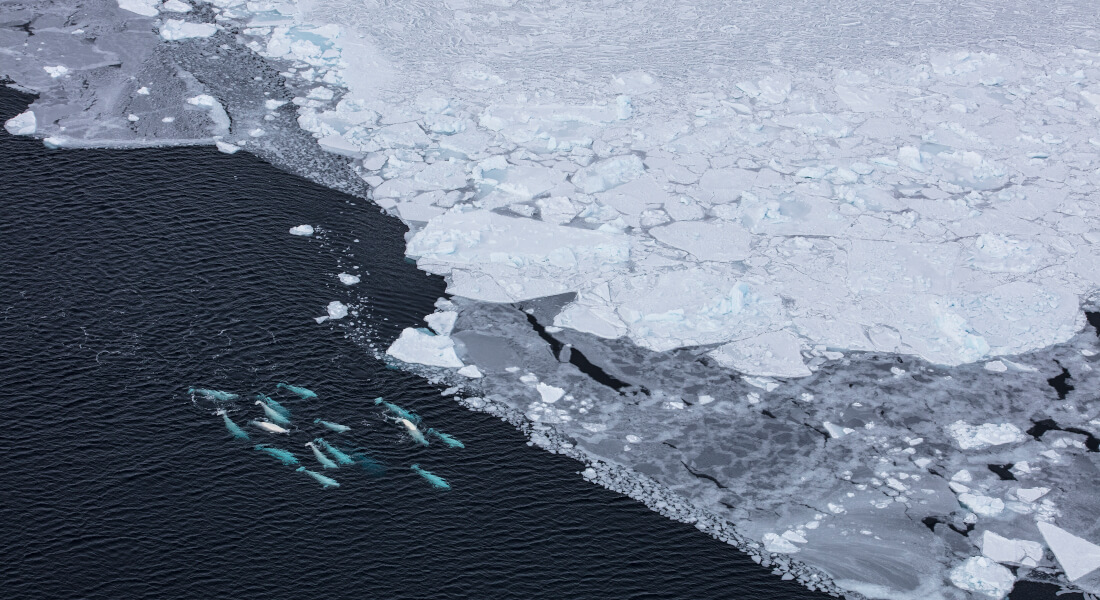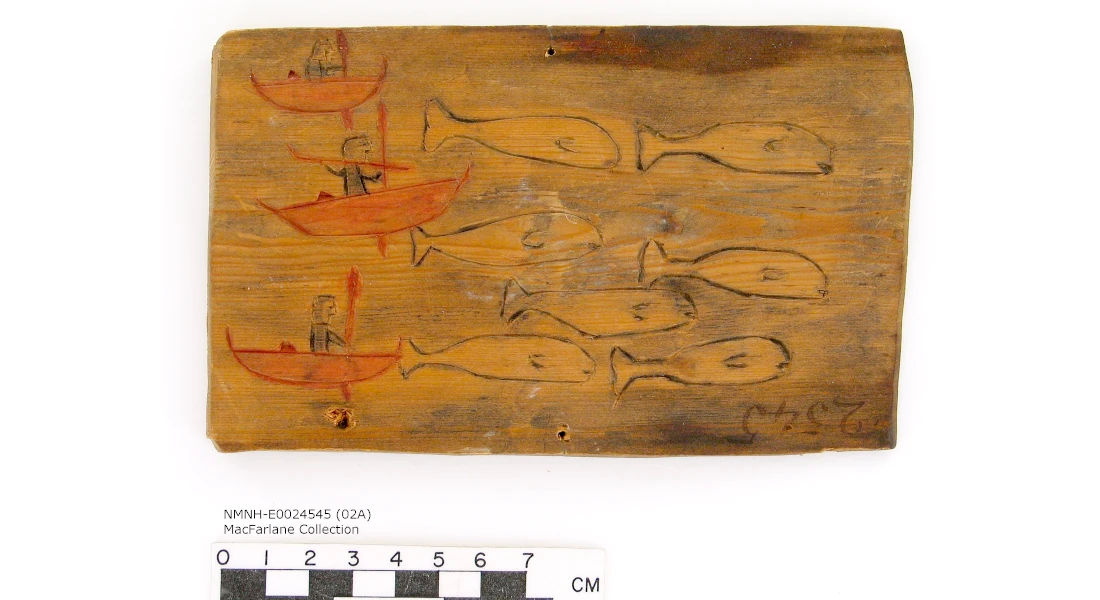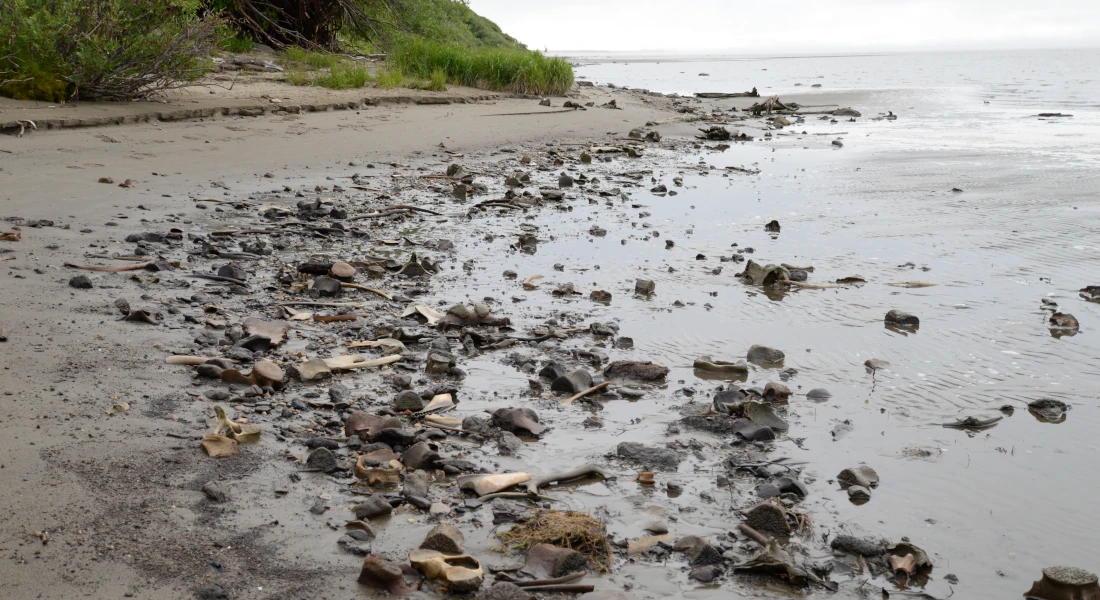Impact of 700 years of Inuvialuit subsistence hunting on beluga whales
An international team of researchers, led by scientists from the University of Copenhagen and University of Toronto, analysed beluga whale bones retrieved from archaeological sites in the Mackenzie Delta, Northwest Territories, Canada, to shed light on the sustainability of centuries of Inuvialuit beluga whale subsistence harvests.

‘Since Inuvialuit ancestors arrived in the Mackenzie Delta around 800 years ago, beluga whales have been central to their livelihood and culture,’ said archaeologist and co-senior author Professor Max Friesen from University of Toronto.
‘However, little is known of the impact of centuries of sustained subsistence harvests on the beluga population’.
Integrating paleogenomics, genetic simulations, and stable isotope analysis of 45 zooarchaeological beluga remains, and comparing the findings with contemporary data from tissue samples provided by Inuvialuit hunters from their beluga subsistence hunts, the team characterised the effect of 700 years of subsistence harvests on beluga genetic diversity, population structuring, and foraging ecology.

‘We found no changes in genetic diversity or population structuring over time, indicating population continuity,’ said first author Postdoc Mikkel Skovrind from University of Copenhagen’s Globe Institute.
‘Our findings suggest Inuvialuit harvests had a negligible impact on the genetic diversity of contemporary Mackenzie belugas’.
The authors used genomic data to sex the belugas and found remarkable shifts in the ratio of females and males harvested across time, suggesting past changes in Inuvialuit resource use.

Beluga bones on the beach at the Inuvialuit village of Kuukpak bear witness to hundreds of years of subsistence harvests. Image credit: Max Friesen.
The stable isotope data showed concurrent shifts in the foraging ecology of female and male belugas, and may suggest changes over time in beluga behaviour or regional ecosystems,’ said palaeogeneticist and co-senior author of the study Professor Eline Lorenzen from Globe Institute.
‘Our study highlights the applicability of combining genomic sexing and isotope analysis of zooarchaeological remains for advancing our understanding of past hunting practices and faunal ecologies’.
The PNAS article "Elucidating the sustainability of 700 years of Inuvialuit beluga hunting in the Mackenzie River Delta, Northwest Territories, Canada" is available at: www.pnas.org/doi/10.1073/pnas.2405993121. The Carlsberg Foundation has also published an article with more information about the study (in danish).
Media contact:
Postdoc Mikkel Skovrind, University of Copenhagen, tel: + 45 2553 8684; email: mikkel.skovrind@sund.ku.dk
Professor Max Friesen, University of Toronto; tel: +1 (416) 978-4505; email: max.friesen@utoronto.ca
Professor Eline Lorenzen, University of Copenhagen; tel: + 45 2670 1024; email: elinelorenzen@sund.ku.dk
